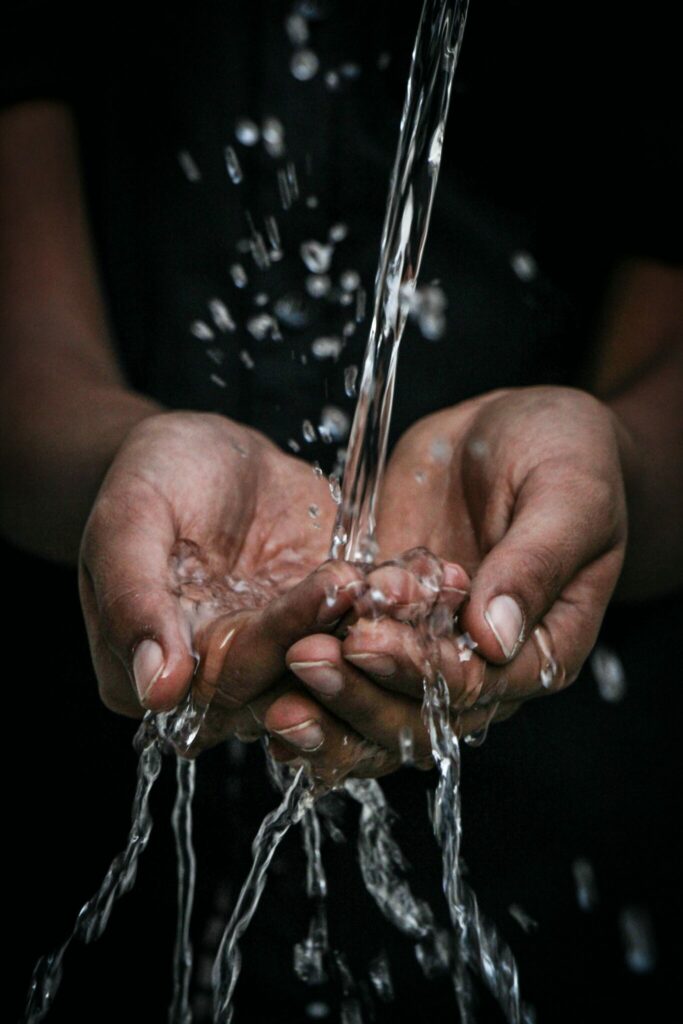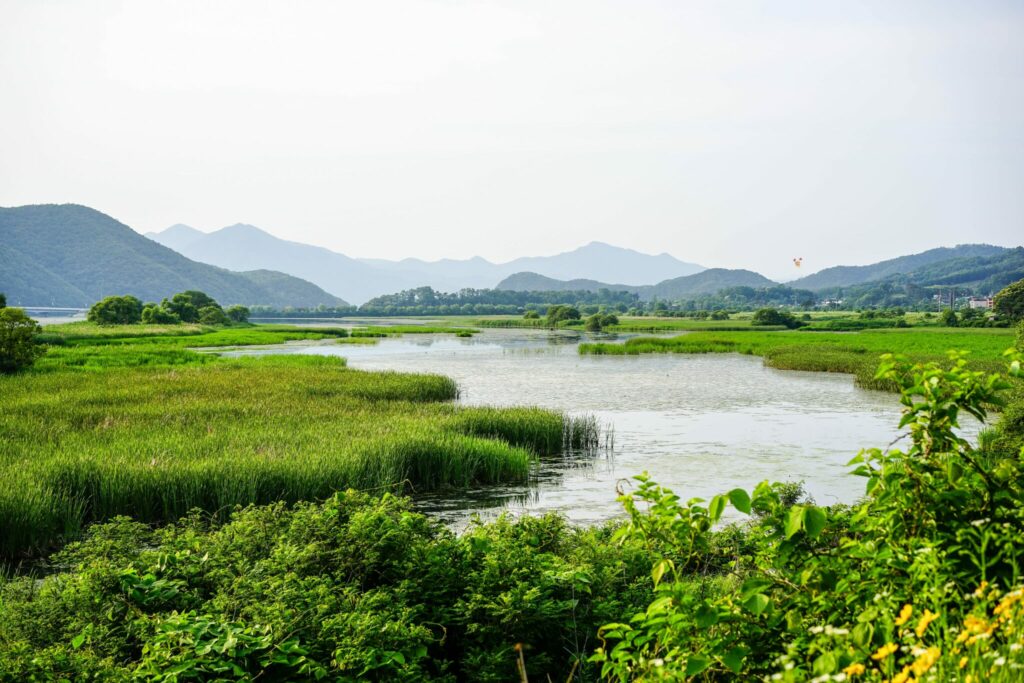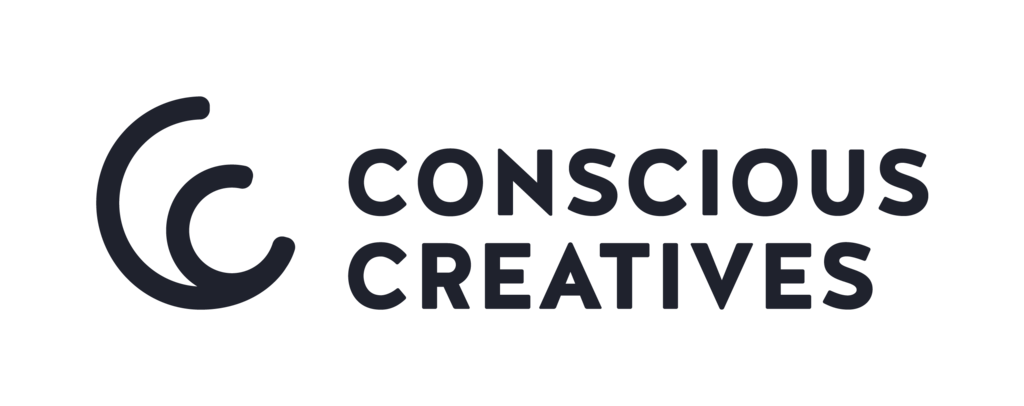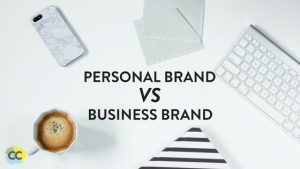Worldwide, as many as 1 in 3 people are living without clean drinking water. This is an estimated 2.2 billion people. Not only this, but over half the global population also lack safely managed sanitation. If we do not work towards a sustainable future, protect water from pollution, reduce the amount of water we use, and work towards net zero, then climate change will further these figures and further limit the availability and quality of water. The alteration of the water cycle will create risks for energy production, food security, and economic development. Without clean water, we struggle to achieve many of the SDGs.
With these statistics it is no surprise that one of the Sustainable Development Goals is to ‘ensure availability and sustainable management of water and sanitation for all’.
The goals set out in 2015 have placed the following as their mission, to be achieved by 2030: access to safe and affordable drinking water, adequate sanitation and hygiene for all, the protection and restoration of water-related ecosystems, supporting and strengthening the participation of local communities in improving water and sanitation management, improving water quality by reducing pollution, eliminating dumping and minimising release of hazardous chemicals and materials.
To achieve these goals by 2030 however, and have universal access to safe sanitation, we need to increase our current rates of progress four-fold. This is a large amount of work that needs to be done, but we can all play a part in working towards these goals. One area in particular that we focus on is improving water quality. There are many things we can do, both as businesses and individuals, to improve water quality and work towards making healthier and safer water by 2030.

What are some ways that I can help?
One way we can support the improvement of water quality and conservation is through supporting slow fashion in any way we can. The fashion industry is an industry that uses a huge amount of water, particularly fast fashion. Between 10,000 and 20,000 litres of water need to be used to create 1kg of cotton clothing. When the average European consumer is purchasing 26.7kg in one year, this is a lot of water.
If we halved the amount of clothing we bought each year, purchased second hand, or avoid impulse buying, then we could all make a considerable difference towards our own water consumption. Even small actions like washing our clothes a little less often can make an impact, as each time we wash polyester the micro-plastics can invade the water, contributing to water pollution. To read further about how fast fashion is impacting water consumption then see our fashion blog here.
We can also help to clean the water in our local community. This can be through organising a beach clean to help avoid litter from entering our oceans, or taking part in a river clean. This can be a great way to socialise with like-minded people and exercise while also cleaning the oceans. Doing so can help us to avoid plastic from potentially travelling from country to country. By reducing the pollution of our waters we can improve water quality and directly help the aims of Goal 6.
Spreading awareness is another great way to help. This can include running a campaign on hygiene and sanitation, sharing facts and statistics on social media, or talking to friends and family. Spreading the word about the SDGs and its goals, and how they highlight the areas that really need change, is a great way to help people learn more about how we can all do something to help.
Donating towards projects that help water conservation or clean water is a great way to make a difference. This is a good option if you are a business looking to donate some of your yearly profits to an organisation. You can also volunteer your time, or donate a percentage of each product you sell to the charity. An example of a charity that we donate to each year is Surfers Against Sewage, a marine conservation and campaigning charity based in Cornwall.
Another way we can do this is through offsetting. There are many offsetting projects that focus on preserving and protecting water-related ecosystems, such as peatland. An example is Terra Neutra, who have a peatland preservation project helping to store CO2 and preserve precious biodiversity. Offsetting your individual carbon footprint could be one way to work towards protecting water-related ecosystems. If you are a business you can offset the carbon footprint of the business. This is another way to truly implement the SDGs and sustainability into your brand. Donating to charities such as the RSPB, who work to conserve wetlands, is another way help protect them.

Making Sustainability Part Of Our Mission
Getting involved in reducing your water consumption is not just necessary for the planet, for our wildlife, and for ourselves. It is also a way that we can implement the Sustainable Goals into our business. By partnering with projects, and practising sustainability ourselves, we can be a sustainable organisation that follows through with our values. From here, we can make integrity, honesty, and responsibility part of our mission.
If you would like to read more about the SDGs and this series of blogs then head to this post here. To read our previous blog on SDG 5: Gender Equality, then you can do so here.
To talk to Mark about how you might implement the SDGs into your business then email him here.



